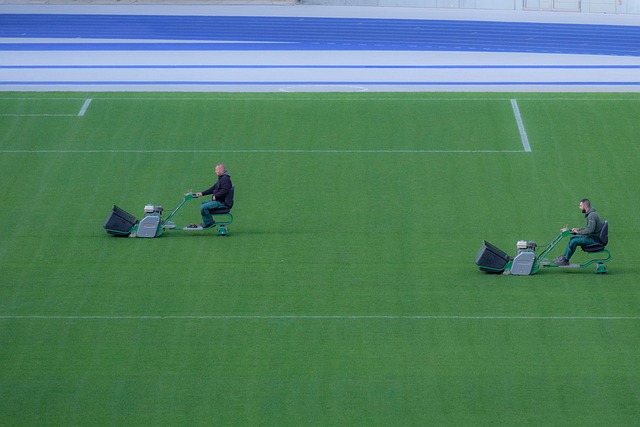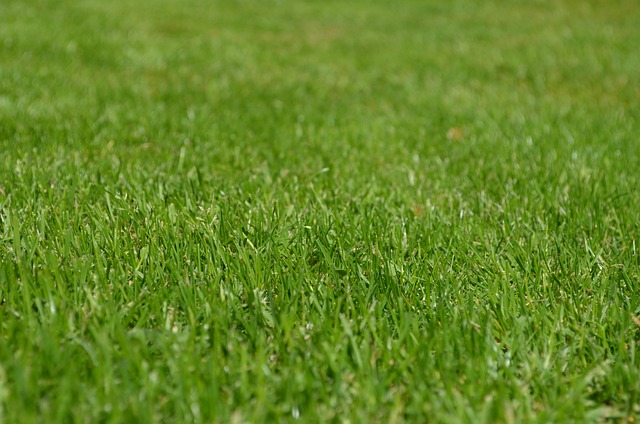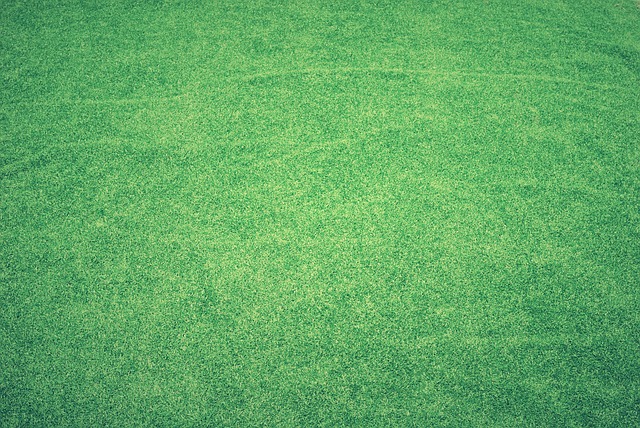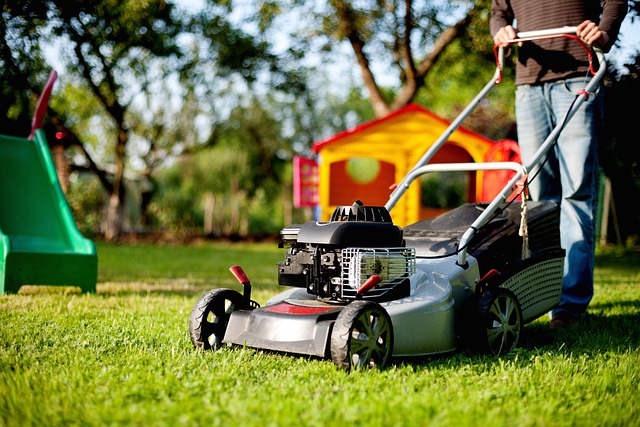Lawn care and landscaping are interconnected in creating functional, aesthetically pleasing outdoor spaces. Key steps include selecting suitable grass species for climate and soil, regular mowing, balanced fertilization, targeted irrigation, and monitoring soil moisture. Raking and aeration improve air circulation, fostering deep root growth. Mastering these core practices yields a lush, healthy lawn that complements any landscape design, enhancing property value, curb appeal, and outdoor enjoyment.
Transform your outdoor area into a vibrant sanctuary with our comprehensive guide to Lawn Care and Landscaping. Discover the fundamentals of maintaining lush, green lawns, from understanding grass types and their unique maintenance requirements to seasonal care tips that keep your yard thriving. Explore innovative landscaping design strategies for creating functional spaces, incorporating hardscapes, and selecting plants suited to your local climate and soil conditions. Finally, learn how to build your dream outdoor sanctuary with expert planning, DIY vs. professional services, and long-term maintenance advice.
- Lawn Care Fundamentals
- – The importance of regular lawn care
- – Types of grass and their maintenance needs
Lawn Care Fundamentals

Lawn care and landscaping go hand in hand when creating an outdoor space that’s both functional and aesthetically pleasing. A well-maintained lawn is a cornerstone of any beautiful exterior design, requiring a fundamental understanding of its care. The first step is to choose the right grass species for your climate and soil conditions, ensuring it can withstand local environmental factors. Regular mowing is crucial, promoting healthy grass growth while preventing weeds from taking over. Balanced fertilization is essential for robust plant life, with seasonal applications supporting both spring and fall growth cycles.
Additionally, proper watering practices are vital to lawn care fundamentals. Efficient irrigation involves targeted watering that meets the specific needs of different grass areas, avoiding waste. Regularly checking soil moisture levels ensures your lawn gets just the right amount of water, fostering deep root growth. Together with these core practices, regular raking and aeration help maintain a healthy lawn by improving air circulation and allowing nutrients to reach the roots.
– The importance of regular lawn care

Maintaining a lush, healthy lawn is an integral part of outdoor space design and build. Regular lawn care isn’t just about aesthetics; it’s a key component in ensuring your landscaping thrives. Through consistent mowing, watering, and fertilizing, you not only enhance the visual appeal of your exterior but also create a robust environment for plants to flourish. Proper lawn care practices encourage root development, promote biodiversity by supporting local wildlife, and contribute to better air quality.
Moreover, lawn care is an effective way to maintain the value and longevity of your property. A well-cared-for lawn can significantly enhance curb appeal and increases the overall desirability of your outdoor space for relaxation, entertainment, or even potential resale. Incorporating effective landscaping techniques alongside lawn care can transform your yard into a vibrant, inviting, and sustainable oasis.
– Types of grass and their maintenance needs

When designing and building an outdoor space, selecting the right type of grass is crucial for a lush and inviting landscape. There are various grasses to choose from, each with unique characteristics and maintenance requirements. For instance, Bermuda grass is a popular choice for warm climates due to its ability to withstand high temperatures and heavy foot traffic. On the other hand, Kentucky Bluegrass thrives in cooler seasons, making it ideal for northern regions. Zoysia grass, known for its slow growth rate but dense texture, requires less mowing and watering compared to many other varieties.
Proper lawn care and landscaping go hand in hand. Regular maintenance includes mowing at the appropriate height, depending on the grass type, and providing adequate water during dry spells. Fertilization is essential for promoting healthy grass growth, while aeration helps alleviate soil compaction. Additionally, dethatching can prevent excessive buildup of dead organic matter. Regular care ensures that your outdoor space not only looks beautiful but also remains functional and enjoyable for various activities.
Incorporating effective outdoor space design and build practices, especially through diligent lawn care and landscaping, is key to transforming your yard into a lush oasis. By understanding fundamental lawn care techniques and selecting suitable grass types for your climate, you can achieve a vibrant, low-maintenance garden that becomes the envy of the neighborhood. Regular care ensures your lawn remains healthy, robust, and aesthetically pleasing, enhancing your outdoor living spaces and boosting property value.






